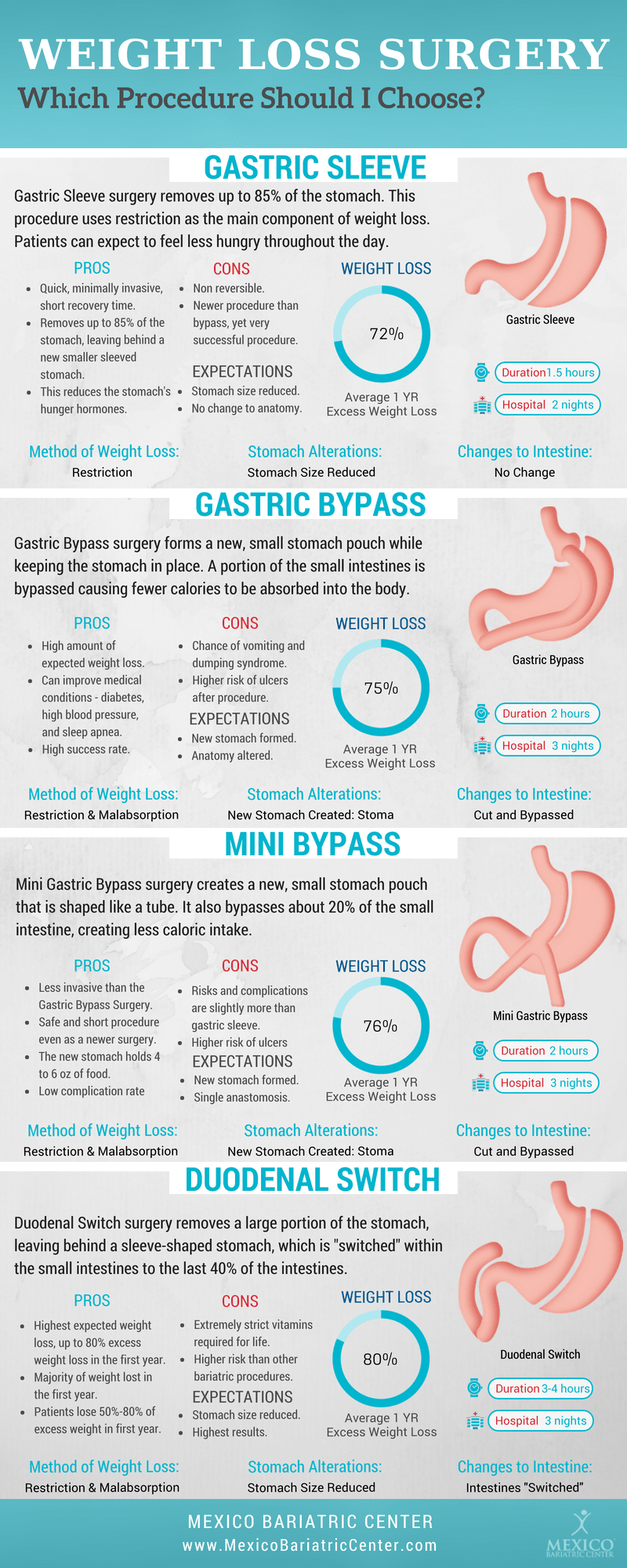Expected Results From Cold Laser For Weight Loss
Expected Results From Cold Laser For Weight Loss
Blog Article
What to Anticipate Throughout a Cold Laser Technique Session
Cold laser treatment is a non-invasive, pain-free therapy that helps reduce swelling and boosts cell regeneration. It is a secure alternative to invasive treatments and frequently has prompt outcomes.
Laser photons launch a domino effect of chain reactions within the cell that lower pain, swelling, and increase healing. It increases blood flow to the area by causing vasodilation.
What to Expect
Cold laser therapy is a non-invasive therapy that utilizes low-level laser light to penetrate deep into damaged tissues, causing cell function on numerous levels to advertise tissue recovery. This helps reduce pain and swelling, while promoting contraction and regeneration.
Throughout a session, you'll rest or rest pleasantly and the professional will mark the locations on your body that need to be dealt with. The practitioner then uses a small portable tool with the laser to the area. Throughout the therapy, you may really feel a slight tingling or heat in the area of your injury.
Before starting treatment, it is necessary to clean up the location of your injury and remove any type of precious jewelry or other items that can get in the way of the laser's path. It's additionally essential to prevent any kind of flammable products that could be in the area of the laser light beam. This will ensure your safety and security and the effectiveness of the treatment.
Prep work
Cold laser therapy works by beaming light on the surface of your skin. The light is taken in by the leading layer of your skin and then promotes the cells to generate energy that promotes healing.
Throughout the treatment, you may really feel a warm or tingling feeling in the location that is being dealt with. This is completely normal, though you must let the expert recognize if the experience is uncomfortable or as well solid.
This treatment has a great deal of promise for assisting individuals with traumatic brain injury (TBI). The treatment is non-invasive and doesn't have any type of unfavorable negative effects. Nonetheless, more research is needed to figure out the ideal therapy method. The most effective way to find out if you are a candidate for this type of therapy is to speak with a skilled physiotherapist. They will certainly have the ability to aid you establish if cold laser therapy is right for you.
The Treatment
Once the practitioner has correctly positioned you for treatment, they will then put the cold laser device on the injured area. They may keep it on for 30 seconds or longer, depending on the dimension of the injury and its level of sensitivity. They will certainly make use of safety safety glasses to make sure that the laser does not straight strike the eyes, and they will ensure that you are safeguarded from any type of glare that could occur.
You may feel a slight prickling feeling on the area that is being treated, but it will not be unpleasant or painful. This is a sign that the laser is functioning to boost the recovery procedure in the impacted tissue.
Most patients experience discomfort alleviation within a couple of sessions, with some seeing enduring results even after several months of therapies. It is necessary to keep in mind that LLLT is not implied as a sole treatment for any kind of persistent pain condition and it should be coupled with various other restorative techniques red light therapy near me in order to achieve optimal outcomes.
Post-Treatment
After you lie down or sit, the practitioner will use a stick with a collection of light-emitting diodes to target your pain site. You will certainly put on protective eye goggles, and the laser may be hung on your skin for 30 to one minute. You may feel a gentle, comforting experience during the treatment.
The photons from the laser pass through deep right into your tissue, triggering a recovery reaction on a cellular degree. Unlike other forms of laser therapy, this low-intensity technique does not create warmth.
Some research studies have revealed that chilly laser therapy works in treating a number of problems, including persistent discomfort and wounds. Nonetheless, it is less widely approved as a conventional medical technique, and it isn't covered by numerous health insurance strategies. Additionally, it is not advised to be used over any type of suspicious cancerous sores or carcinomas or on expectant females. You ought to constantly talk to your oncologist before seeking this form of therapy.